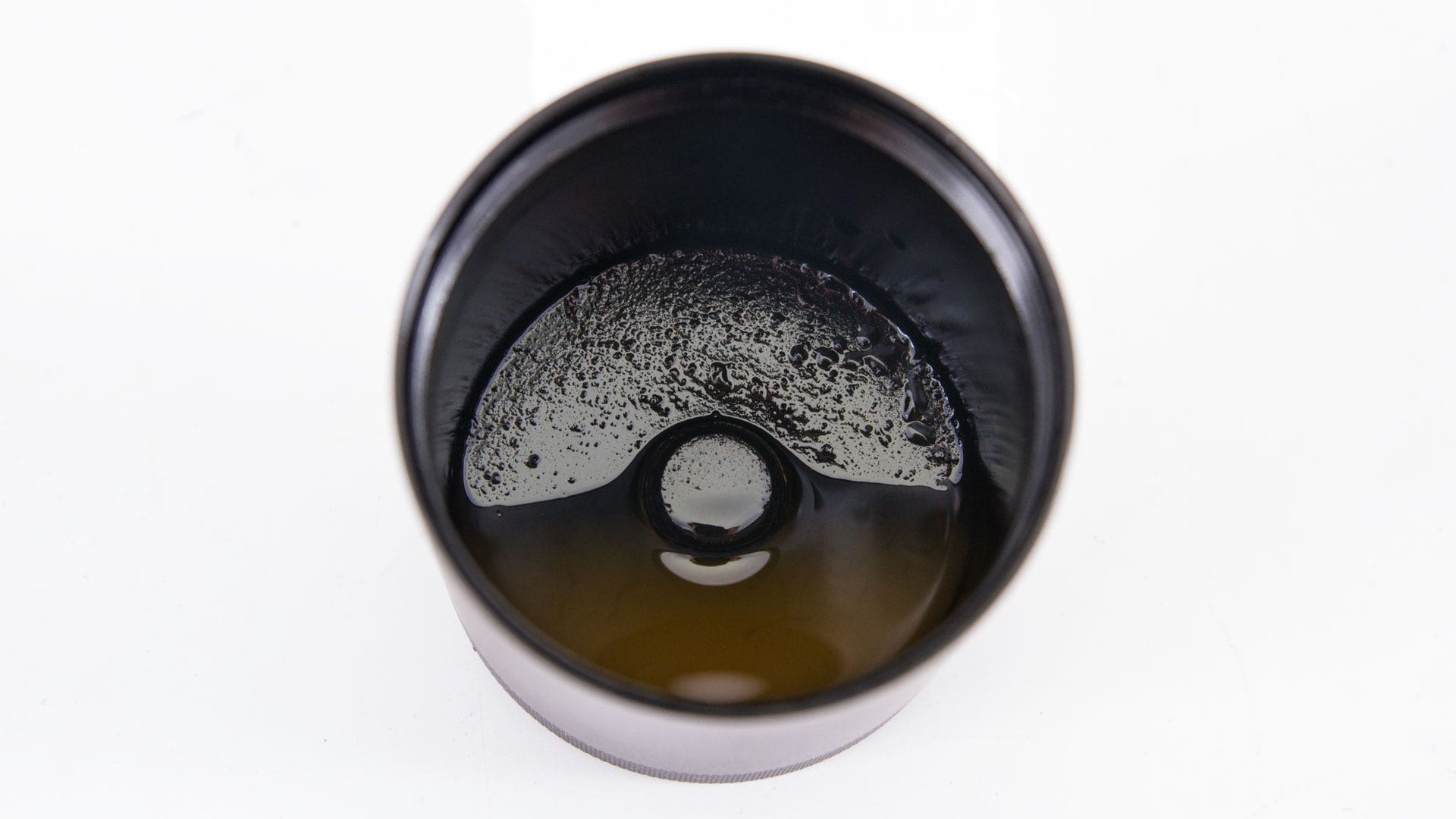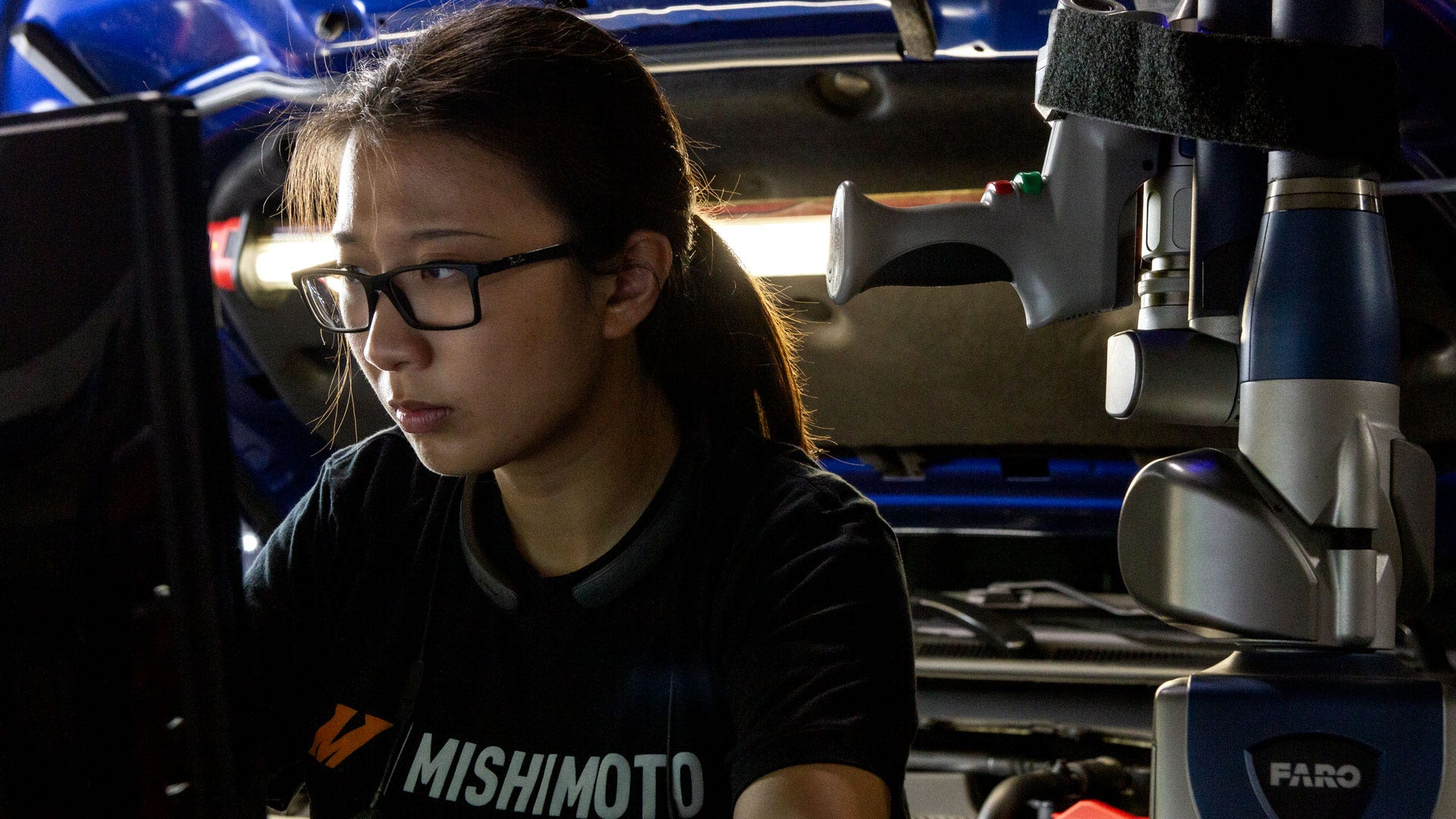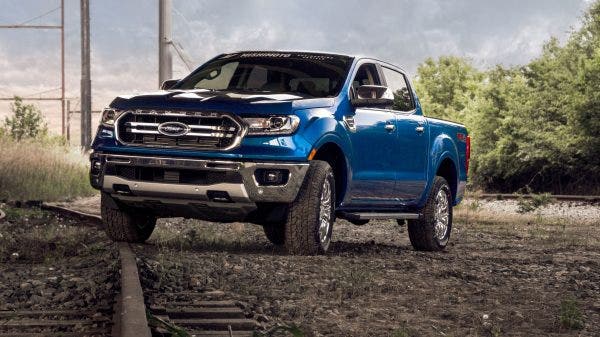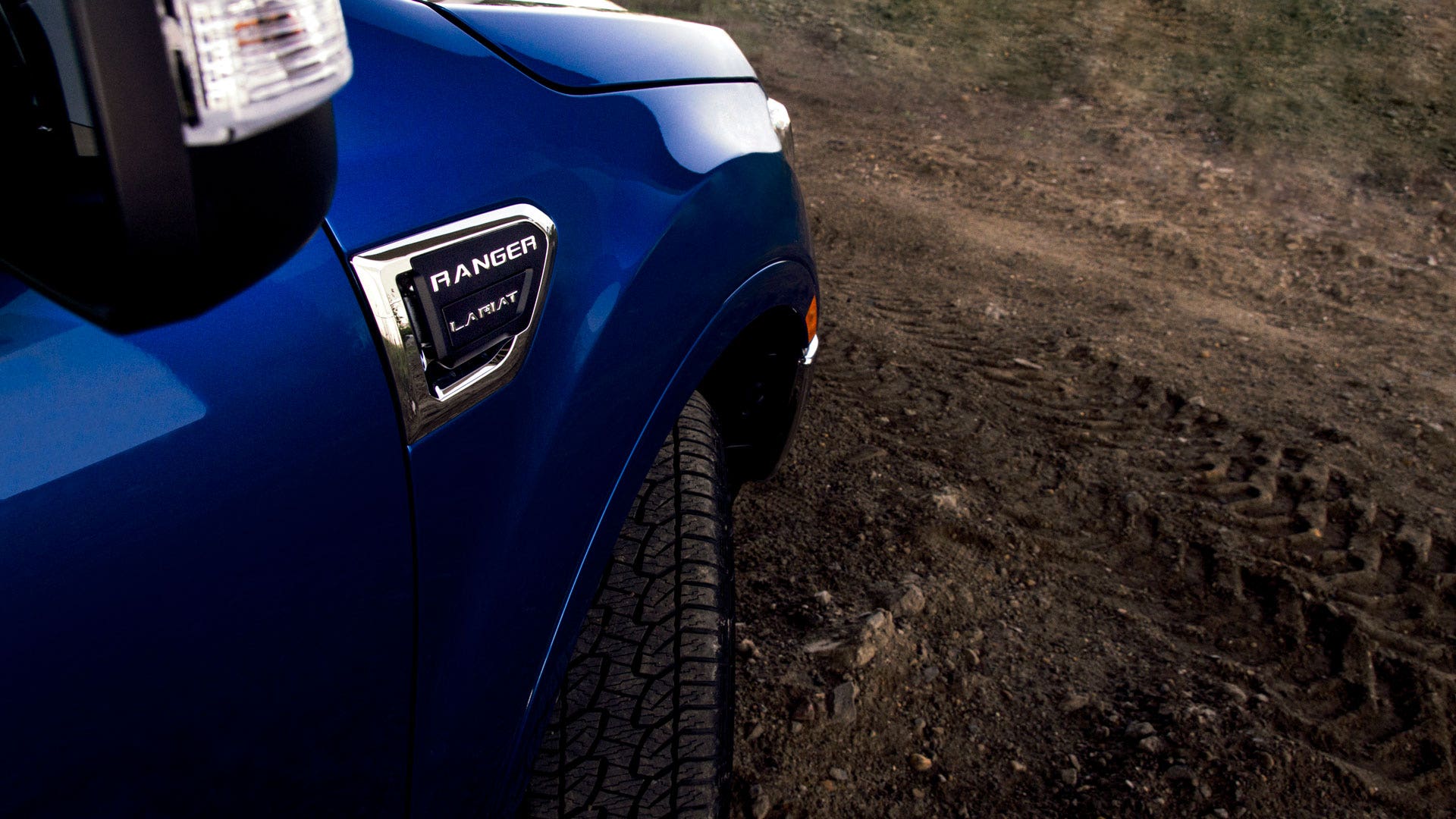Our 2019+ Ford Ranger has been roaming the streets of Delaware, Pennsylvania, and New Jersey for the past 1,000 miles testing our direct-fit oil catch can. In this post, we'll be emptying the catch can to see what, if anything, it caught. If all goes to plan, we'll also be kicking off the pre-sale so you can protect your Ranger from blow-by, without blowing your budget.
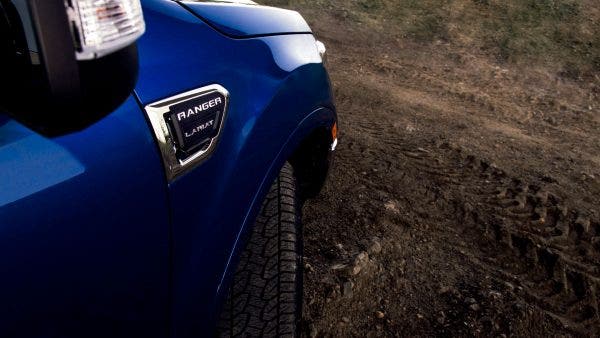
In our last post, we looked at the stock crankcase ventilation system on the 2019+ Ranger's 2.3L EcoBoost. We explained that the system was divided into two parts: the CCV side and the PCV side. The CCV side is active when the turbocharger is pressurizing the intake manifold, while the PCV side is active when cruising or idling. The CCV side also incorporates a pressure sensor that we've fought with





